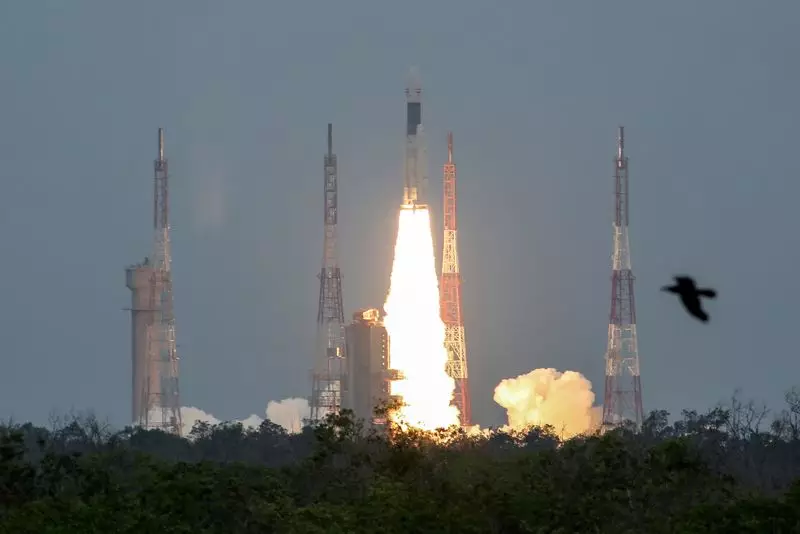The use of helium in spacecraft and rockets has been a topic of discussion lately due to the ongoing issues with propulsion systems and leaks in various missions. From NASA’s Starliner to SpaceX’s Polaris Dawn mission, the importance of helium in pressurizing fuel tanks and cooling systems cannot be denied.
Helium is chosen for its inert nature, as it does not react with other substances or combust. With its low atomic weight, it is the second lightest element after hydrogen. This lightweight property is crucial for rockets, as a heavier rocket would require more energy and more powerful engines, leading to increased costs in development and maintenance.
Helium is primarily used to pressurize fuel tanks and ensure a continuous flow of fuel to the rocket’s engines. It also plays a role in cooling systems, filling the empty space created as fuel and oxidizer are burned in the engines. Its non-reactive nature allows it to mix safely with the contents of the tanks.
One of the challenges with helium is its tendency to escape through small gaps or seals in storage tanks and fuel systems due to its small atomic size and low molecular weight. While leaks are easily detectable due to the rarity of helium in the Earth’s atmosphere, they can still pose significant risks to mission success. Recent examples, such as Boeing’s Starliner, have experienced helium leaks leading to mission delays and adjustments.
While gases like argon and nitrogen have been considered as alternatives to helium due to their inert nature and potential cost savings, helium remains prevalent in the industry. Some innovations, such as Europe’s Ariane 6 rocket, have implemented new pressurization systems that do not rely on helium. However, these systems have faced challenges as seen during the Ariane 6’s debut launch.
The use of helium in spacecraft and rocket systems is essential for mission success, despite its tendency to cause leaks and challenges in system design. Finding a balance between the benefits of helium and the potential risks it poses will be crucial for future space exploration endeavors. Continued innovation and research in valve design and pressurization systems will be necessary to address these challenges effectively.

